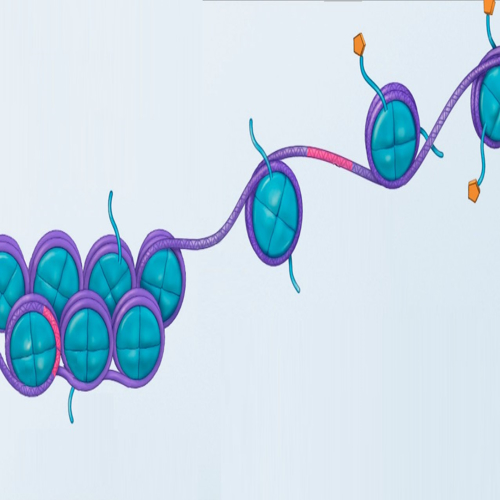Key points from article :
Molecular changes, biological pathways linked with ageing of rod photoreceptors, elucidated.
Via whole genome sequencing of DNA methylation changes in mouse rod photoreceptors.
Done at four separate stages over the animal's lifetime: 3, 12, 18, and 24 months old.
Identified 2,054 differentially methylated regions across the four mouse age groups.
Researchers analyzed these regions with RNA sequencing data.
To understand how mice genes were transcribing proteins differently in retina as they aged.
Rod photoreceptors require vast amounts of energy to sustain vision.
And are thus vulnerable to metabolic stresses that accompany ageing.
That is why rod dysfunction is common in elderly and an early warning sign of AMD.
Energy deprivation of photoreceptors, believed to be key driver of retina neurodegeneration.
Studies show how changes in ageing rod functions cause common blinding ageing-associated diseases.
By National Eye Institute (NEI) researchers, published in Cell Reports.






